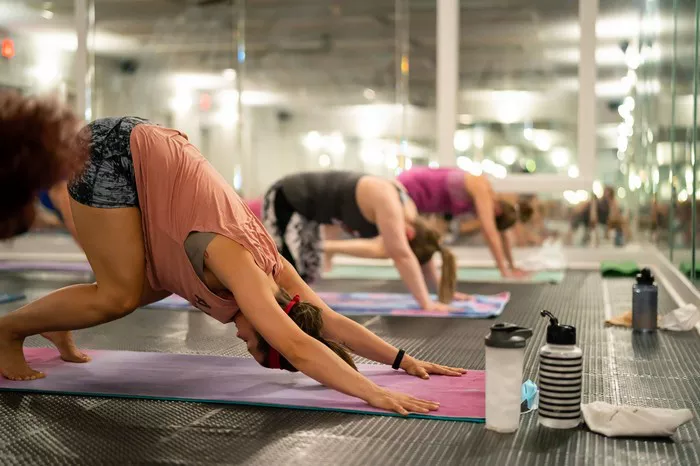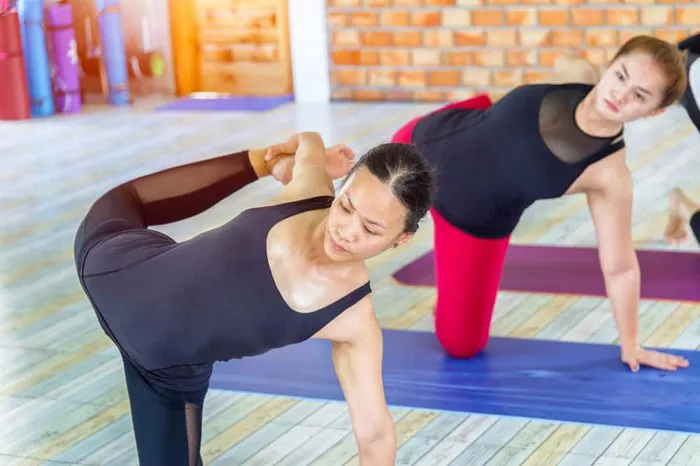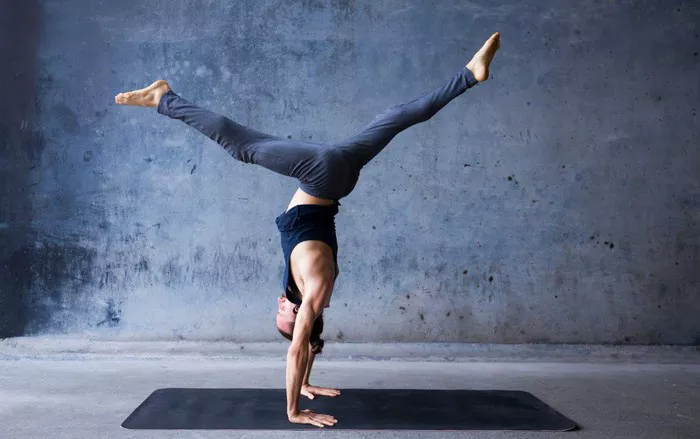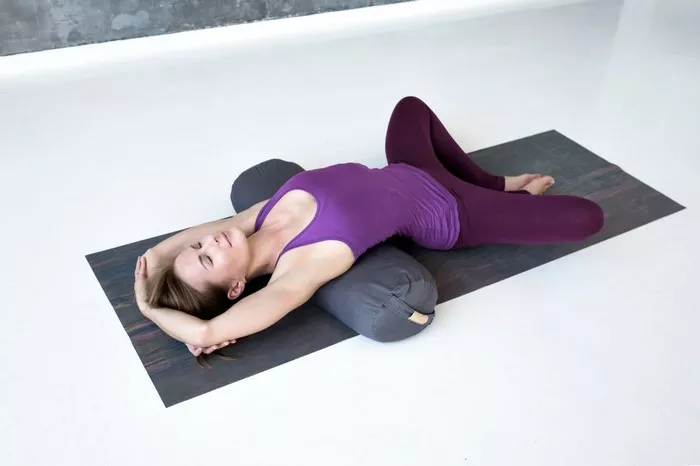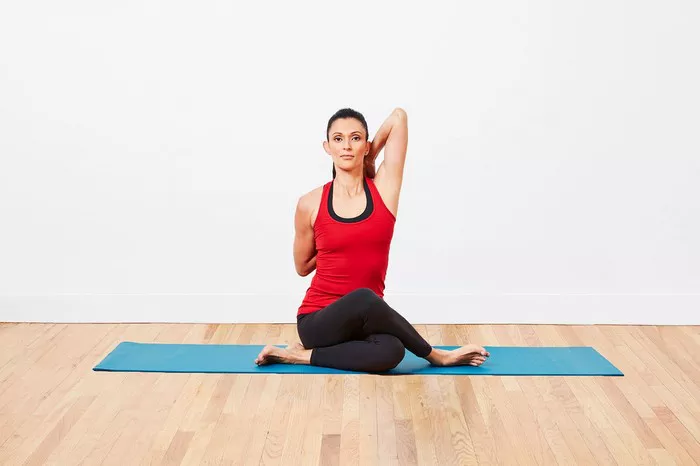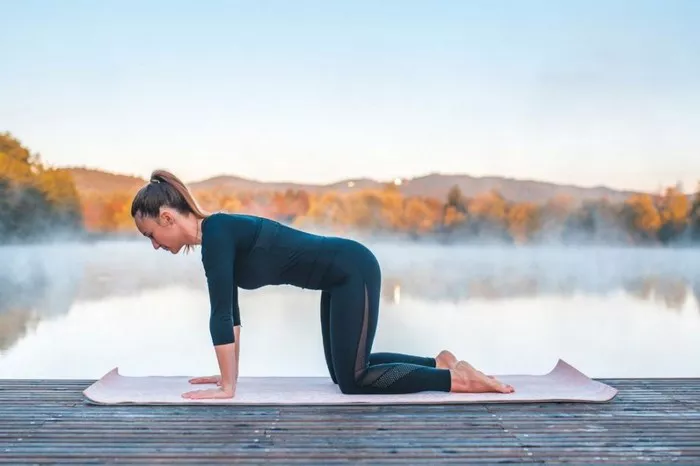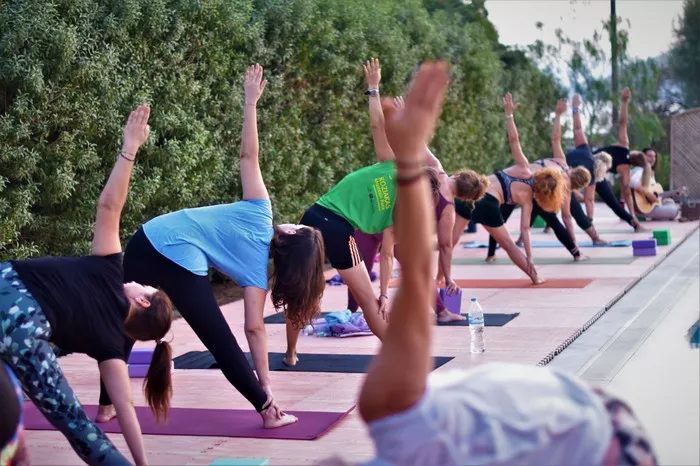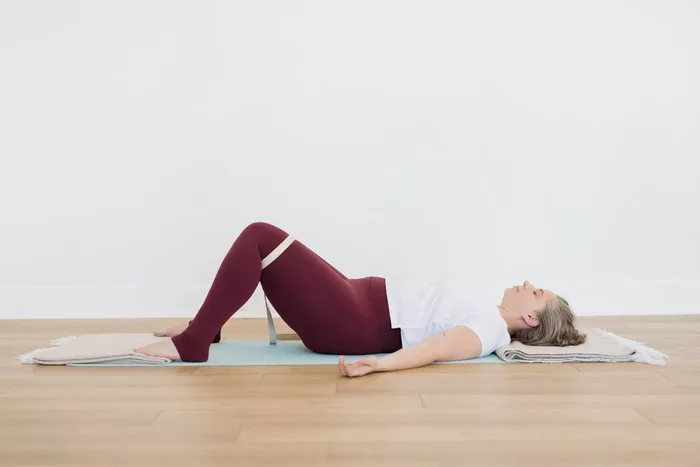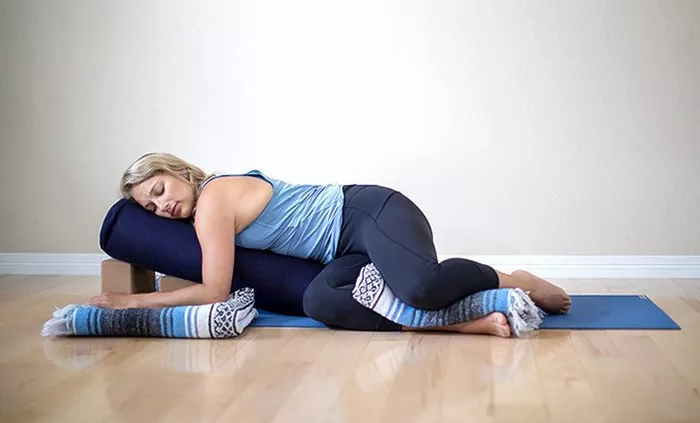Boat Pose, known as Navasana in Sanskrit, is a foundational yoga posture that builds core strength, improves balance, and enhances concentration. While it may appear simple, maintaining proper alignment in Boat Pose requires control and awareness. For beginners, it is important to approach this pose with patience and attention to form to avoid unnecessary strain or injury.
The name “Boat Pose” is derived from the shape your body makes in the final posture, resembling a boat floating on water. Practicing this asana can lead to improved digestion, better posture, and increased mental focus. However, starting with the correct technique is crucial to gain these benefits safely and effectively.
Benefits of Practicing Boat Pose
Engaging regularly in Boat Pose offers a range of physical and mental benefits. These include:
- Core Strength: Navasana targets the abdominal muscles, including the transverse abdominis, rectus abdominis, and obliques.
- Improved Balance: Maintaining this posture challenges your sense of balance and spatial awareness.
- Postural Alignment: Practicing Boat Pose strengthens the back and hip flexors, contributing to better posture.
- Stress Relief: The concentration required for this pose helps calm the mind, reducing anxiety.
- Digestive Health: The abdominal engagement stimulates the digestive organs, potentially aiding in digestion.
Precautions and Contraindications
Before attempting Boat Pose, it is essential to understand when to avoid or modify this posture. Boat Pose is not recommended for individuals with the following conditions:
- Recent abdominal surgery
- Pregnancy
- Hernias
- Severe lower back pain
- Heart conditions
If you suffer from any of these issues, consult a healthcare provider or a certified yoga instructor before practicing. Additionally, beginners should listen to their bodies and never force themselves into discomfort.
Preparatory Poses
Warming up with certain preparatory poses can help ease your transition into Boat Pose. These poses activate the core and hip flexors while promoting flexibility:
- Cat-Cow Stretch (Marjaryasana-Bitilasana): Loosens the spine and warms up the back.
- Bridge Pose (Setu Bandhasana): Strengthens the core and glutes.
- Cobra Pose (Bhujangasana): Opens the chest and strengthens the back.
- Low Boat (Ardha Navasana): A modified version that prepares your muscles for full Navasana.
Spend 5-10 breaths in each of these poses before moving into Boat Pose.
Step-by-Step Guide to Boat Pose for Beginners
Follow these instructions carefully to perform Boat Pose correctly and safely:
Step 1: Sit on Your Mat
Begin by sitting on a yoga mat with your legs extended straight in front of you. Keep your spine erect and place your hands on the mat beside your hips. Engage your core to support your spine, avoiding any slouching or rounding of the back.
Step 2: Bend Your Knees
Bend your knees and place your feet flat on the mat. This modification makes the pose more accessible for beginners. Keep your hands behind your thighs for support and lift your chest slightly to create space in the abdomen.
Step 3: Lift Your Feet
Gently lift your feet off the floor, keeping your knees bent and shins parallel to the mat. Focus on engaging your abdominal muscles to maintain balance. If you feel unsteady, keep your fingertips on the floor beside your hips for additional support.
Step 4: Extend Your Arms
Once you find balance, extend your arms forward at shoulder height with palms facing each other. Your arms should be parallel to the floor and your shoulders relaxed. Continue to lift through the chest and keep your spine long.
Step 5: Hold the Pose
Hold the position for 5-10 breaths, gradually increasing the duration as your strength improves. Focus on steady breathing and keep your gaze forward or slightly upward. If at any point you feel discomfort in your lower back, return to the modified version with your feet on the floor.
Common Mistakes to Avoid
Even with clear instructions, it’s easy to make mistakes when practicing Boat Pose. Being aware of these can help you refine your technique:
- Rounding the Back: Maintain a straight spine by engaging your core and lifting your chest.
- Tension in the Shoulders: Keep your shoulders relaxed and away from your ears.
- Holding the Breath: Maintain a steady, rhythmic breath throughout the pose.
- Overextending the Legs: It’s better to keep the knees bent than to compromise your form.
- Looking Down: Keep your gaze forward to help with balance and alignment.
Modifications for Beginners
If you find the full version of Boat Pose too challenging, try these beginner-friendly modifications:
- Keep Hands Behind Thighs: Support yourself by holding the backs of your thighs.
- Use a Strap: Loop a yoga strap around the soles of your feet and hold the ends.
- One Leg at a Time: Lift one leg at a time to build core strength gradually.
- Wall Support: Sit near a wall and use it for back support as you practice lifting your feet.
These modifications help build the necessary strength and confidence to progress toward the full posture.
Tips for Progression
As you gain strength and confidence, you can start to deepen your Boat Pose practice. Here are a few tips:
- Increase Duration: Gradually extend your hold time from 10 to 30 seconds or more.
- Straighten Legs: Begin to straighten your legs while maintaining a strong core and straight spine.
- Add Movement: Incorporate dynamic movements like boat-to-low-boat transitions.
- Use Props: Practice with yoga blocks under your hands or between your thighs to encourage engagement.
Incorporating Boat Pose into Your Routine
Consistency is key when incorporating Boat Pose into your yoga or fitness routine. You can practice this pose:
- At the Beginning: As part of your warm-up to activate the core.
- In the Middle: To challenge your balance and endurance during a sequence.
- At the End: As part of a core-strengthening cooldown.
Try to include Boat Pose in your routine 3-5 times per week to experience noticeable improvements.
Breathing Techniques for Boat Pose
Breath control, or pranayama, enhances focus and stamina in Boat Pose. Consider these techniques:
- Ujjayi Breath: A slow, audible breath that promotes internal heat and focus.
- Even Inhale and Exhale: Match the length of your inhalation and exhalation to maintain calmness.
Avoid shallow breathing, as it can make the pose feel more strenuous and increase tension in the body.
Mental Focus and Visualization
In addition to physical strength, Boat Pose requires mental focus. Visualization can aid in maintaining balance and posture:
- Visualize a Boat on Water: Imagine your body as a steady boat floating effortlessly.
- Focus on Stability: Concentrate on the engagement of your core and the lengthening of your spine.
These mental cues help reinforce proper alignment and ease anxiety during the pose.
Cooldown Poses After Boat Pose
To release tension and restore balance after Boat Pose, consider practicing the following cooldown postures:
- Child’s Pose (Balasana): Gently stretches the lower back and promotes relaxation.
- Seated Forward Fold (Paschimottanasana): Stretches the hamstrings and calms the nervous system.
- Reclined Twist (Supta Matsyendrasana): Releases spinal tension and aids digestion.
- Corpse Pose (Savasana): Encourages deep relaxation and integration of your practice.
Spend at least 5 minutes in Savasana to complete your session.
Conclusion
Boat Pose is a powerful yet accessible yoga posture that offers a wide range of benefits, from physical strength to mental clarity. For beginners, the key lies in understanding proper alignment, using modifications as needed, and progressing gradually. With consistent practice and mindful attention, Navasana can become a cornerstone of your yoga journey, helping you build both inner and outer strength.
Related Topics:

